We have had great fun with our high school botany studies this year. While I was not able to find a suitable prepared homeschool high school botany curriculum, I was able to put together a course using various resources, some free and some fairly inexpensive that I feel thoroughly covered the science. Taking the advice I received from Jeannie Fulbright when I asked her if her Botany course had been used by older students, I used her book as a general outline and supplemented it heavily with books that went more in depth on the topics and had more sophisticated experiments.
We have been following a fairly simple course of study based on topics. We studied each topic as outlined below doing a combination of book study, experimentation, and nature studies.
- Functions and Parts:
- Introduction-Plants Purpose
- Plant cells
- Seeds
- Germination- with ongoing experiments for about a month
- Pollination
- Roots
- Buds and Stems
- Leaves
- Flowers
- Fruits
The following are in depth studies which include specific plant studies:
- Trees-gymnosperms
- Trees-angiosperms
- Seedless Vascular plants
- Nonvascular plants
- Wild Flowers & Weeds
- Garden Flowers
- Cultivated Crop Plants
We allocated a few unscheduled weeks to count for reviews, testing, and free field studies away from home.
These are the resources that we used:
Purchased items:
Exploring Creation with Botany by Jeanie Fulbright
The Botany Coloring Book by Paul Young (Don’t let that title fool you. This is a very detailed book with not only excellent coloring pages, but an abundance of educational reading material)
Free Resources from Google Books (titles linked to Google Books files):
Plants and Their Uses: An Introduction to Botany
Botany for Secondary Schools
Laboratory Botany for the High School
The Study of Plant Life
New Edition of Botany for Beginners
Botany: Lessons in Botany and Analysis of Plants
Handbook of Nature Study by Anna Botsford Comstock (we actually have the print copy of this book but it can be found for free on Google Books.)
There are many other really good older books in Google Books on the topic of botany. I searched through probably 30-40 different titles before deciding on the titles above. I wanted books that would not only present the information but would have thought provoking questions for my kids to answer in their notebooks. Because these books do not include score keys, I worked through the course along with my children so that I could not only be sure their answers were correct but so that I would be equipped to answer their questions.
(Updated 3/25/2021 – The original worksheets we used from other websites are no longer available. I have located other resources you could use to adapt the lesson plan to fit. Please note that the lesson plan infomation in the PDF has NOT been updated to reflect this.)
Lesson 76:
Identifying the Parts of a Tree
Me as a Tree – From the University of Wisconsin – Seven Points
Quizlet – Tree Parts and Identification
Lesson 86:
Tree Identification Printables & Activities
Other possible resources for your studies:
Woodland Trust – Trees and Plants and Fungi
Cornell Cooperative – Know Your Trees
Iowa State University – Interactive Tree Identification
Native Plant Trust – Go Botany
We also used the Trees of North America Book and some other field guides that we had picked up at the library book sales and had on hand.
A few of the experiments that we did were:
- Examine plant cells, chlorophyll, and pollen under the microscope
- Dissect a rose, roots, shoots, seeds, and other plant parts, using the microscope whenever possible to get an even closer look.
- Experimented with the effect of light and temperature on the growth of seeds
- Tropism, respiration, hydroponics
- Forcing bulbs to bloom in winter.
I really wished that I had taken more pictures of the experiments that we did, especially when we did the hydroponic experiment. That was really cool. We did that at the same time we were forcing the narcissus bulbs to bloom. I had an old carafe that the bulb sat perfectly on. When the plant began to grow we could easily see the roots extending down the neck of the carafe into the bottle. All the bulbs that we were forcing were planted at different depths and in different planting mediums. Because of this all the plants bloomed at different times. We had flowers from about the end of December right through to January. Pretty cool.
The kids really did a nice job on their journal pages and I wanted to share them here.
Here are my some of my daughter’s pages:
And here are some of my son’s pages:
If you are interested in the basic lesson plan I put together, I made a PDF from my Homeschool Tracker lesson plan along with the list of resources. Not everything we did is included as we went on a few ‘rabbit trails’ along the way, but the basics are all there. I also included the Leaves test and key, Germination-Roots-Buds-Stems test and key, the Cone Discovery Worksheet, and the Conifer Leaf Study Worksheet I created and you can download everything HERE.
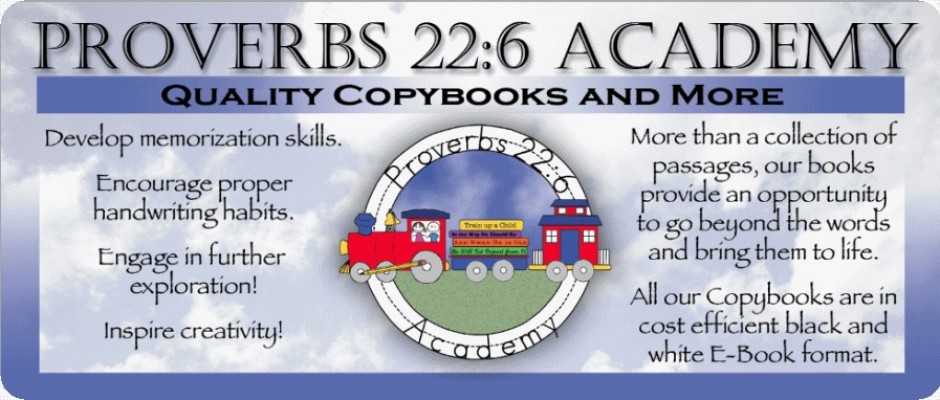
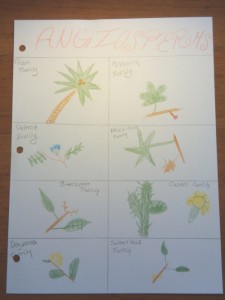
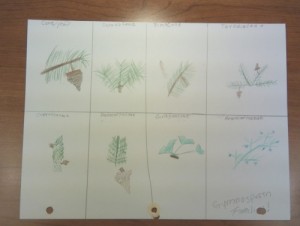
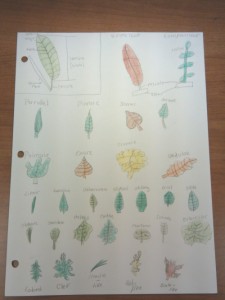
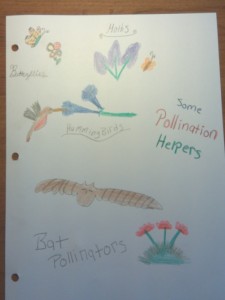
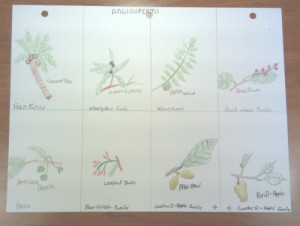
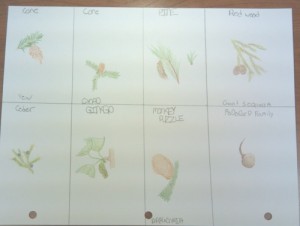
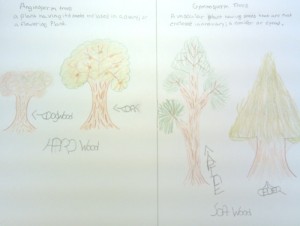
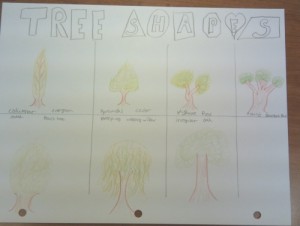



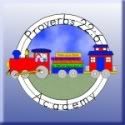


Hi Ginny, I was so glad to have found your lesson plans for Botany as I was contemplating using Apologia’s Botany for my 10th grade daughter. I do have a question however, on your plan you state to answer questions in your Botany Notebook. I must have missed something since I don’t see a reference to such. I am looking at the first lesson and not sure what questions are to be answered, from the reading or somewhere else, thank you so much for this great work.
Sent a response in an email. Thanks for your comment.
Thanks for your quick reply! Just finishing up lesson planning as we start next week. That was my gut feeling about the notebook and questions, just wanted to confirm that. Thanks again and blessings.
replied to your email. Having some difficulty matching up pages for the readings. just want to clear it up, thanks.
I have responded to your email and greatly appreciate you letting me know about the issues with the lesson plan. I have updated the file on the server and hopefully everything is good to go now. Thanks again!
I have the same question as Theresa about the questions that are suppose to be answered in the Botany Notebook. Please let me know the answer. Thanks for posting your lesson plans as they are going to help me out greatly.
Thanks Again for sharing all of you hard work. It is greatly appreciated!!
Thank you, Dawn, for your question. This is the response I gave to Theresa:
“The botany notebook I refer to is just a regular, old fashioned notebook you in which I required my children to record their information. In our homeschool we always use notebooks for recording responses to questions in addition to their taking notes.
The questions I am referring to in the lesson plans are found within the pages of the reading material. The resource list includes the book names and links to the free Google books we use.”
Also, please note that I have updated the lesson plan making corrections and adding a few notes. Also, per the information provided in my blog post, there are no answer keys for the questions in the Google Books reading material, I worked through the material myself.
I hope this helps.
Thank you so much for this. My high-school aged son is wanting to do botany next year. I appreciate you sharing your hard work putting this together.
Thank you so much for sharing your hard work planning. My rising 10th grader wants to study Botany and I didn’t have a clue where to start. May I ask if you would share your HST file? We use this program as well and it would save me a ton of time as you well know. Thank you again!
Sent you an email with the file. Hope that helps. Thanks for stopping by and leaving a comment.